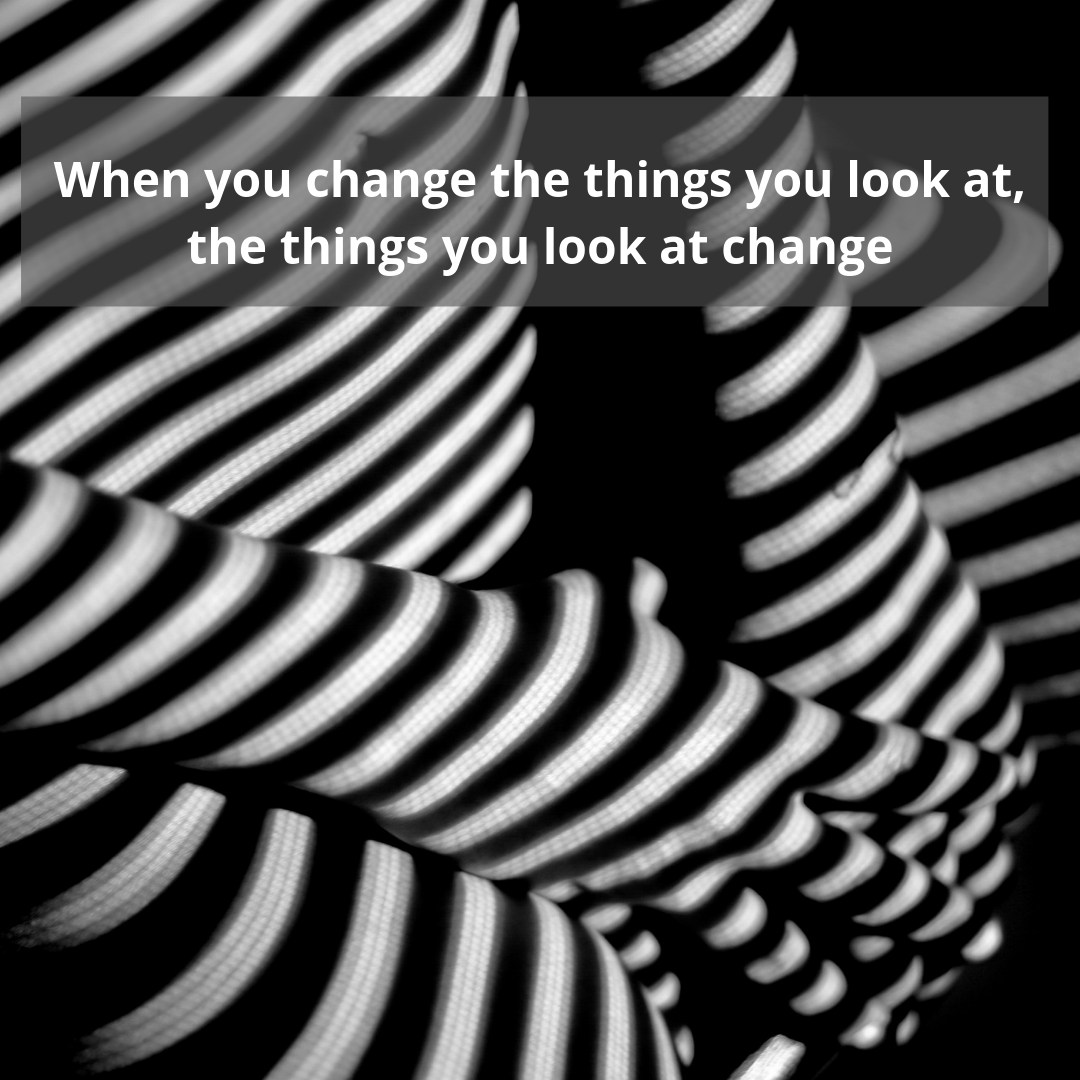
Walk your unique meridian pathway and unlock your inner purpose. So, what’s all the fuss about meridians?
Quite simply meridians are channels in your body that hold and distribute energy (Qi) around your system.
Many traditional practices work with meridians and the Qi that runs through them, including:
- Kinesiology balances and harmonises your unique meridian energies to help restore peace and calm to the system.
- Acupuncture precisely activates meridian points with fine needles.
- Yoga stretches and tones meridian pathways, helping improve energy flow.
- Reflexology stimulates associated points on the feet, hands and/or face to improve well-being.
Scientific studies used state of the art body scanning technology, with contrast dyes, to isolate and confirm the location of meridian points on various parts of the human anatomy, showing their distinctive anatomical construction and precise location(s).
There are two types of meridians each with their own distinctive functions and creating a pattern of unique meridian energy within you.
Ancestral meridians, also known as extra-ordinary meridians store Qi until your body requires it. The Qi energy is stored deeper inside your physical body, when these reserves get depleted acute feelings of fatigue, immobility and apathy can be experienced, these can easily become chronic and debilitating.
Ancestral meridian Qi is inherited from our parents at conception and provides a useful portal to a wealth of ancient wisdom, forgotten talents and exceptional knowledge, granting direct access to all the lessons your ancestors learned that ensured your genetic line survived.
Working with ancestral meridians allows you to uncover the unique mix of intelligence, skills and creativity ensuring your genetic line survived. Use these energetic super-highways as a fast track to access ancient wisdom and re-invigorate your intuition.
Working with ancestral meridians can also enhance past life work, providing firm foundations for soul retrieval and accessing akashic records, making it easier to work with your own etheric body.

Superficial meridians, also referred to as ordinary meridians, tap into the stored Qi and transport it along pathways, creating a connected circuit, distributing a unique blend of energy, vitality, wisdom and knowledge round your system, nourishing and regulating specific organs, emotions and/or endocrine functions.
Your superficial meridian system relates specifically to you, evolving as you develop. Beginning in the womb it creates your personal energetic map, drawing on your inherited energetic blueprint, helping you transform your inherited Qi, making it relevant for the world that you emerge into, grow up in and, eventually, shape.
Learning to tap into these reservoirs and streams of energy enables you to notice when things are out of kilter and super-charge your efforts to more easily achieve the profound shifts you desire.

The greater awareness you have of your own energy system, the quicker you can pinpoint imbalances and address them. It’s easier to identify any recurring glitches and transform them, like a computer installing an update when the operating programme is corrupted. If you have an old, outdated, programme running part of your system it could be time to have a look and see what you can do to bring it up to date.
Working with your energetic blueprint allows you to interrogate the beliefs, habits and behaviours that drive you.
Do you sometimes feel that you’re ‘off track’? Unsure how to set yourself back on the right path for you but certain that you have disconnected from your true purpose? Working with your own energetic blueprint via your unique median system enables you to better explore your inner purpose and connect with you own soul’s journey? Stepping back onto the correct path with ease.
The more you work with your own energetic blueprint the easier it becomes to manoeuvre and create a smoother journey through life. Elegantly drawing on the extra wisdom and insights needed to get you where you want to be without force or struggle, using all your vitality to progress rather than wasting your precious resources wrestling with your past.

A great way to start is by exploring your personal energetic blueprint, understanding what makes up the Qi that powers you, the responsibilities of each meridian and what experiences may have affected your personal energetic evolution.
To find out more about the next step to freeing up your own extra-ordinary energy click here
Claire Cutler-Casey is a professional Kinesiology Practitioner and Touch For Health instructor as well as delivering a variety of business and well-being workshops designed to help you navigate the process of change.
If you would like to book a 1:1 Kinesiology session, please click here.
You can also join our online community here.







 Impostor syndrome is often accompanied by high levels of anxiety and feelings of self-doubt, impacting the person’s sense of their own worth, impeding their progress and preventing them from easily realising their full potential.
Impostor syndrome is often accompanied by high levels of anxiety and feelings of self-doubt, impacting the person’s sense of their own worth, impeding their progress and preventing them from easily realising their full potential.



